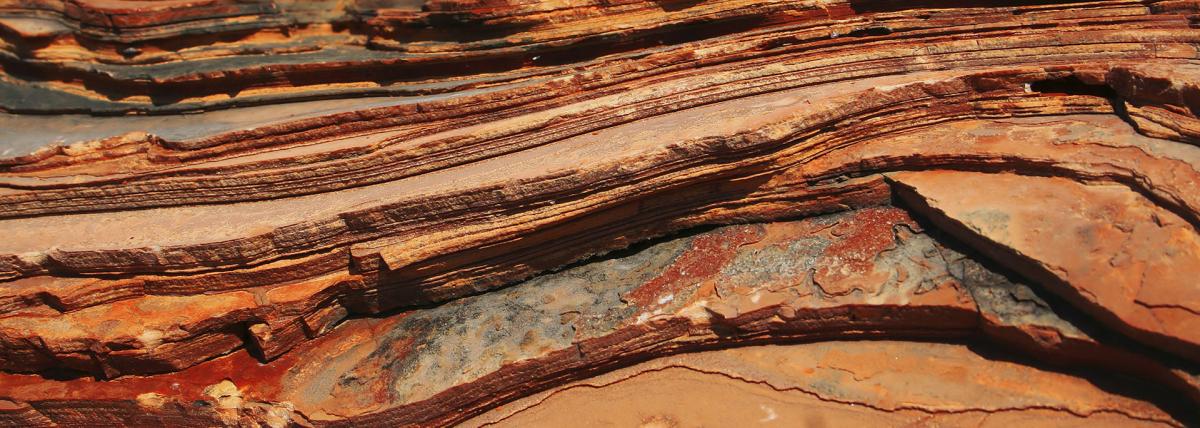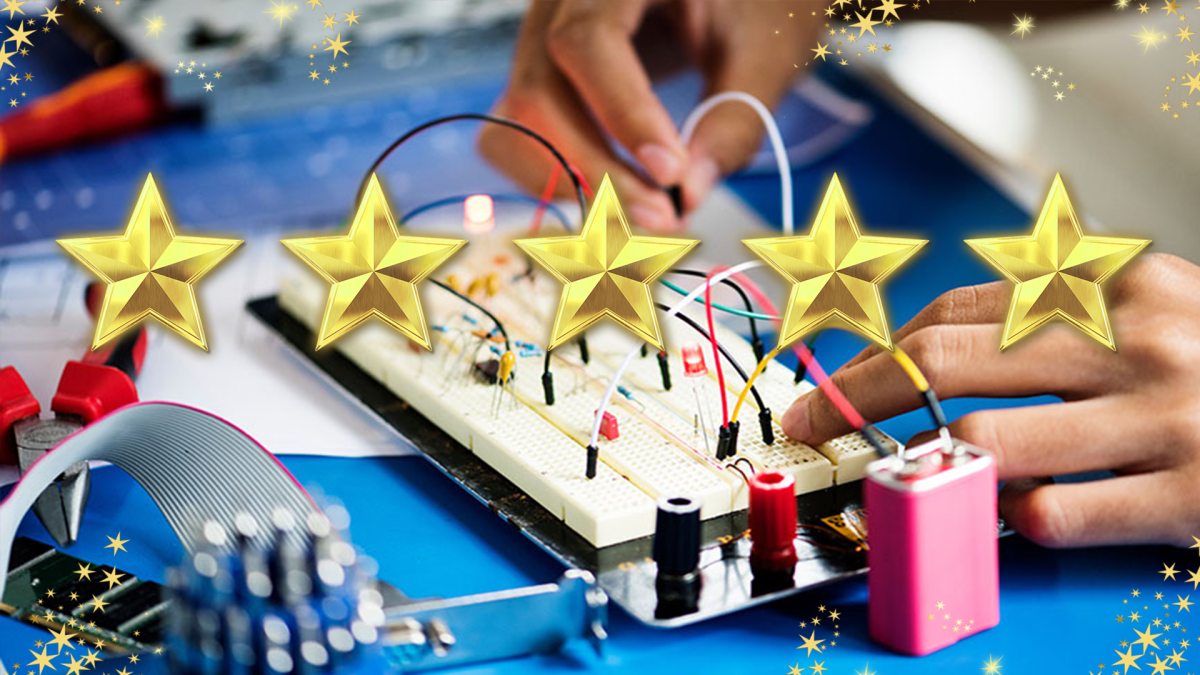Grades:
Kindergarten, 1st Grade
In this lesson, students will practice “counting on” from any given number using Sphero Indi coding paths. Students will create a path made of at least 4 or more tiles for Indi to follow. They will be
Grades:
3rd Grade
This third-grade STEM lesson introduces students to solar energy, the heat island effect, and data analysis. Students will use temperature gauges to measure different areas of the school at various
Featured
Best Class Plant
Grades:
1st Grade, 2nd Grade, 3rd Grade
This lesson is centered around the book, The World's Best Class Plant. It is intended for 1st-3rd grade. Ideally, teachers would use this lesson at the beginning of the year so they can have their
Grades:
3rd Grade
In this integrated 3rd-grade lesson, students will explore different landforms, learn about fractions, and use technology to enhance their understanding. The lesson begins with an introduction to
Grades:
1st Grade, 2nd Grade, 3rd Grade
In this lesson, students design, build and test model candy cars made from simple materials. They measure the changes in distance and travel by the addition of revision of design features. Students
Grades:
1st Grade, 2nd Grade, 3rd Grade
This maze activity builds all sorts of skills. Students will be improving spatial skills, logic skills, problem solving skills, math skills, technology skills, and fine motor skills Mazes provide
Grades:
Kindergarten, 1st Grade, 2nd Grade
This lesson is designed for K-2 students to explore and understand weather patterns using technology. Over the course of 45 minutes, students will use tablets or computers to gather real-time weather
Grades:
3rd Grade, 4th Grade, 5th Grade
Will integrating school gardening with bird watching, building nest baskets and a bird bath using ornithology methods increase the population of birds at our site? This lesson was developed by PBL
Grades:
Kindergarten, 1st Grade
In this lesson, students will play a small group coding game to retell the events in the read aloud, If You Take A Mouse To School, and then use the Engineering Design Process to plan, design, and
Grades:
6th Grade
Students are to design and build a truss-style bridge out of balsa wood before testing its strength.
Grades:
5th Grade
In this lesson, students will need to obtain, evaluate and communicate the effects of gravity on objects. Students will watch an engagement video demonstrating how many objects fall to the ground
Grades:
7th Grade
The purpose of this project is to provide students with a hands-on learning experience that combines the study of human body systems with engineering principles. By investigating the interaction
Grades:
Kindergarten, 1st Grade
In this lesson, students will be introduced to coding with the read aloud Mouse Count, play a simple Bottle Cap Arrow Game to learn directionality, and learn to program their Code & Go Mice with arrow
Grades:
9th Grade, 10th Grade, 11th Grade, 12th Grade
This lesson is focused on solar energy, students engage in a hands-on exploration of photovoltaic cells, motors, and light bulbs to investigate the correlation between light intensity and solar power
Grades:
9th Grade, 10th Grade, 11th Grade, 12th Grade
In this lesson plan, high school students will explore the concepts of AC and DC currents through hands-on experimentation. The lesson begins with a brief discussion on the fundamentals of alternating
Grades:
5th Grade
Students will be able to identify the planets in our solar system, describe the difference between rotation and revolution, and engineer a three dimensional model of our solar system.
Grades:
5th Grade
"Baozi" (steamed bun) is a traditional Chinese food commonly eaten as a breakfast or snack. It consists of a soft, fluffy dough filled with a variety of savory or sweet fillings. Popular fillings
Grades:
8th Grade
Students will review heredity and genetics using this lesson plan. Students will have an opportunity to explore generations, genetic variations, pedigrees and fitness using this lesson plan and PhET
Grades:
6th Grade
Students will research, construct, and present replicas of ancient civilization monuments. They will explore the historical and cultural significance of these monuments and integrate knowledge from
Grades:
6th Grade
Students will explore ancient civilizations and understand the geographic factors that influenced their settlements. They will create informative maps highlighting key areas like water sources that
Grades:
5th Grade
In these lessons, you will be discussing a real phenomenon that has happened from the book Healer of the Water Monster by Brian Young. You will be reading a chapter book to discuss radioactive
Grades:
9th Grade, 10th Grade, 11th Grade, 12th Grade
Students will work in small groups to create a water filtration system to demonstrate understanding of water purification systems and human influences.
Grades:
3rd Grade, 4th Grade, 5th Grade, 6th Grade, 7th Grade, 8th Grade, 9th Grade
An overall view of mining, minerals, and their role in our everyday life. This lesson compares the past, present and future of mining and it's relativity to sustaining our way of life.
Grades:
4th Grade, 5th Grade
This is a simple, fun lesson to teach about air pollution. This lesson teaches students what air pollution is and what causes it. Students will put petroleum jelly on an index card, place it outside
Featured Lesson Plans
Check out these notable lesson plans.

Grades:
4th Grade
Explore Coal Mine Canyon's wonders! Watch a documentary, read about geology, draw the canyon, and use tech to learn about geological layers. Fun, interactive learning awaits!

Featured
Makey Makey with The Bionic Kid
Grades:
4th Grade
Imagine how cool it would be to build a video game controller out of bananas! In this engineering design challenge, you will learn how to use everyday items and a Makey Makey kit to design a

Grades:
Kindergarten, 1st Grade, 2nd Grade
This lesson combines ELA (reading and discussing the story), engineering (design a balloon with materials given and attach the balloon to an EdBot), and technology (code an EdBot to run the parade
